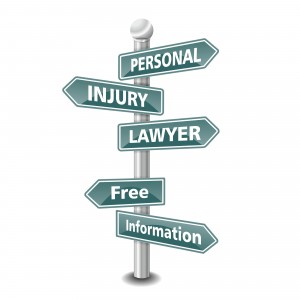Actual and threatened violence at work is shockingly common. In 2015/16, according to the Health & Safety Executive (HSE), there were 698,000 reported cases of violence at work – approximately half were threatened, and half resulted in an actual assault. This represents the known statistics as reported via Reporting of Injuries, Diseases and Dangerous Occurrences and Regulations (RIDDOR), but the real numbers are likely to be much higher. The same report paints a picture of the nature of such violence:
- 26% of victims had experienced three or more incidents of violence at work
- In 46% of cases, the perpetrator was unknown to the victim
- Where the offender was not a stranger to the victim, they were typically clients or members of the public who were known through work
- 67% of assaults did not result in a physical injury
- 33% of assaults led to a black eye or minor bruising
- The overall prevalence of violence has been consistent year to year – suggesting this is an ongoing problem
It is important to understand that ‘violence’ does not necessarily require the act of physical assault. Health & Safety Executive Guidance, HSG133 defines violence towards employees as:
“Any incident, in which an employee is abused, threatened or assaulted by a member of the public in circumstances arising out of the course of his or her employment.”
Which occupations are most likely to experience violence?
The overall incidence of assault for all adult workers in the UK is 1.4% (this is broadly the same as it was ten years ago). However, diving deeper into the data, it is possible to see that there is a huge variance between occupations. Those in science, technology and engineering research reported no incidents at all of threats or actual violence, whereas health professionals saw 1.7%, and allied health and social care professionals accounted for 2.7% of assaults. Unsurprisingly, those in the ‘protective services’ (i.e. security guards, bouncers etc.) had the lion’s share of violence, with 8% of the whole sector being on the receiving end of an assault.
Workplace assault can cause much more than physical injury
It is true that in 67% of the reported cases of violence, no actual physical injury has occurred, or the injuries may be very minor; but this masks the true extent of workplace violence. Everyone should feel free from the threat of any form of physical or mental violence or intimidation. And employers have a duty to ensure the health and safety of employees, whether physical or psychological. The impact of a threatened or actual physical attack can result in deep mental trauma, ranging from severe post-traumatic stress disorder, anxiety and depression, to a mild fear of going to work and re-exposure to the threat.
What can be done to reduce the likelihood of violence in the workplace?
Regardless of industry, all employers must carry out health and safety risk assessments to identify the points at which an employee’s wellbeing could be put at risk. In the case of the higher risk occupations, there should be well-established procedures designed to protect workers. For example, a ‘lone worker’ policy must be in place where working without another member of staff present could lead to an unsafe exposure to violence. This type of policy is common in social and mental health care. Your employer must ensure that regardless of their staffing levels and service demand, the lone-worker rules are not breached. Where there is a risk of violence, it is crucial that all employers affected are made fully aware, provided clear guidance, supervised where necessary and trained to deal with the threat posed. It might be that restraint training is necessary where the risk of exposure to violence cannot be fully mitigated (e.g. prison officers and psychiatric mental health nurses etc.).
What can I do as an employee to keep myself safe?
In addition to following the guidance provided by your employer, you can take responsibility for your safety by following these simple rules:
- Report all cases of assault and violence to your supervisor – whether verbal or physical
- If you notice any unsafe practices or situations in which your employer is not observing procedures designed to ensure your safety, report these to your supervisor/manager (if you do not feel listened to, you must escalate your concerns)
- If in doubt, do not put yourself at risk – especially if you are being asked to work alone, when it unsafe to do so, or if a risk assessment has not been undertaken
- Where appropriate, make sure your mobile phone number is known to your employer – it is important that you can stay in touch with your employer when off-premises and you need guidance
- Maintain good communication with your colleagues, so you are aware of any new risks (e.g. if as a nurse, a patient has been aggressive during a previous shift)

If you have been the victim of a violent workplace assault, whether threatened or otherwise, you may have a case for compensation if the incident has caused you physical, mental or financial hardship. It must be established that the risk was not communicated to you by your employer, or if it was, they failed to put in place an adequate procedure which would have avoided the incident.
At Russell Worth Solicitors we specialise in personal injury claims. If you have suffered an assault at work, please call us now on 0800 028 2060 or complete our Online Claim Assessment.

